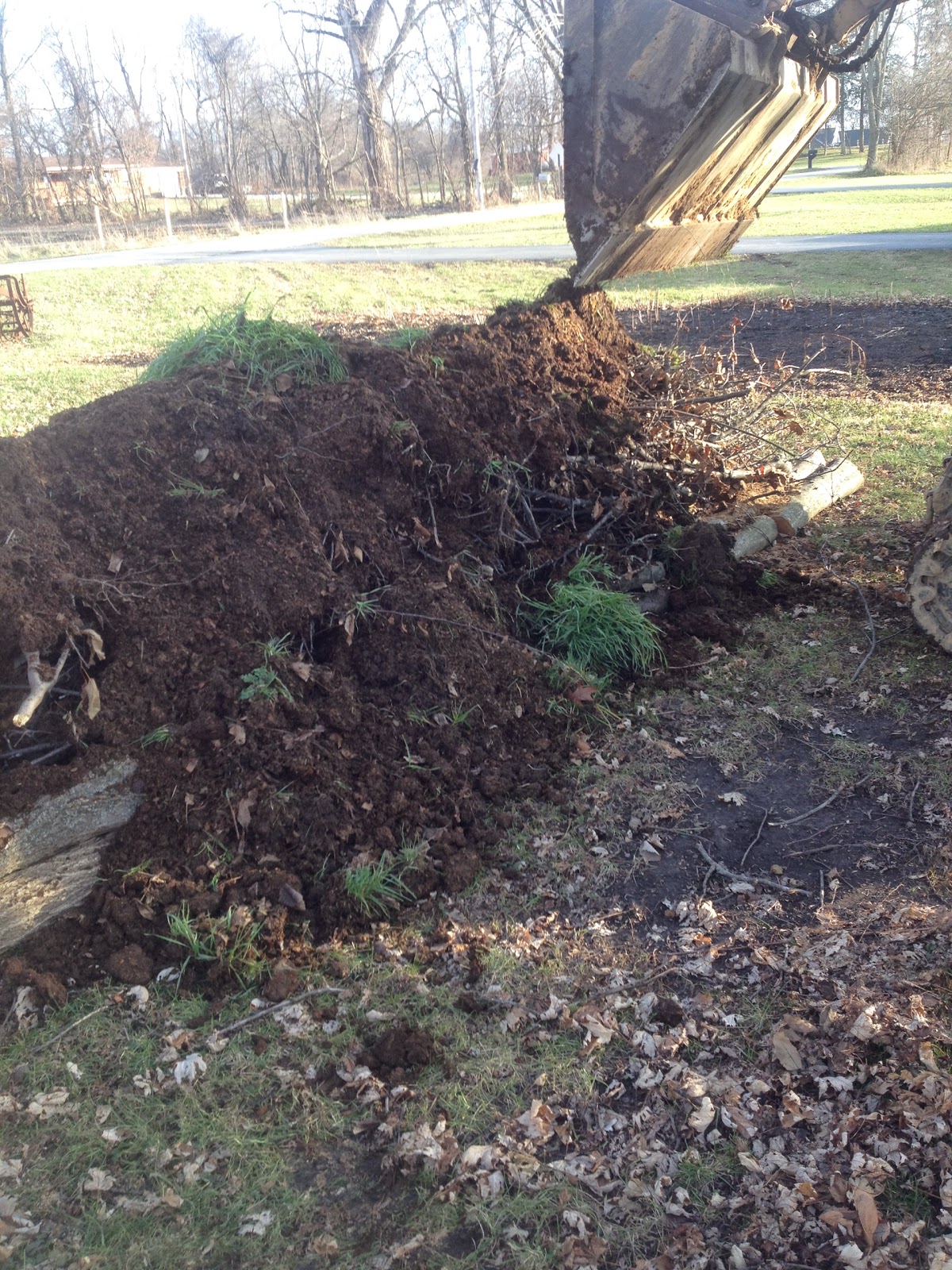In 2013 I tried to grow sweet potato vines from a store bought sweet potato. I poked toothpicks in halfway down and placed it in water to let the eyes begin to produce vines. I had no luck.
Now the older and wiser crew told me that while my methods were sound, I failed because of the radiation that store bought produce is subjected to these days. That made me feel better about myself, but alas, still no homegrown sweet potatoes.
That brings me to 2014, when I purchased store bought sweet potatoes, from the same store even as the 2013 experiment. Yet, these were not for growing, no they were for eating. Except we forgot to eat them. I let these two languish in a dry dark pantry. You know, the kind of place every home gardener puts their seeds when they want them to grow!
Yet grow they did. With no water and inadequate light, these radiated store bought sweet potatoes sprouted vines. This was early in the growing season, causing me to think that I would transplant them out into the garden and all would be well. Yet I didn't do that.
I again allowed them to languish in the pantry, devoid of sunlight and moisture. And they continued to grow. So finally, convinced that these must be the strongest and best sweet potatoes ever to be on the planted, I transplanted them.
Carefully, so as not to damage the divine vines, I pulled them off the potatoes themselves and placed them in a pint jar of water. Soon roots began to take shape. And the leaves grew and the plants strengthened.
 Finally, as you can see here, I moved them to potting soil and large enough containers to support growth of the next generation of sweet potatoes.
Finally, as you can see here, I moved them to potting soil and large enough containers to support growth of the next generation of sweet potatoes.
It should take four months for maturity, which would put me right in the spring when hopefully we can get these plants to start anew as we harvest the fruit of these vines. Stay tuned for the progress. My only concern is that too much watering and being placed in sunlight is going to be bad for these guys.








